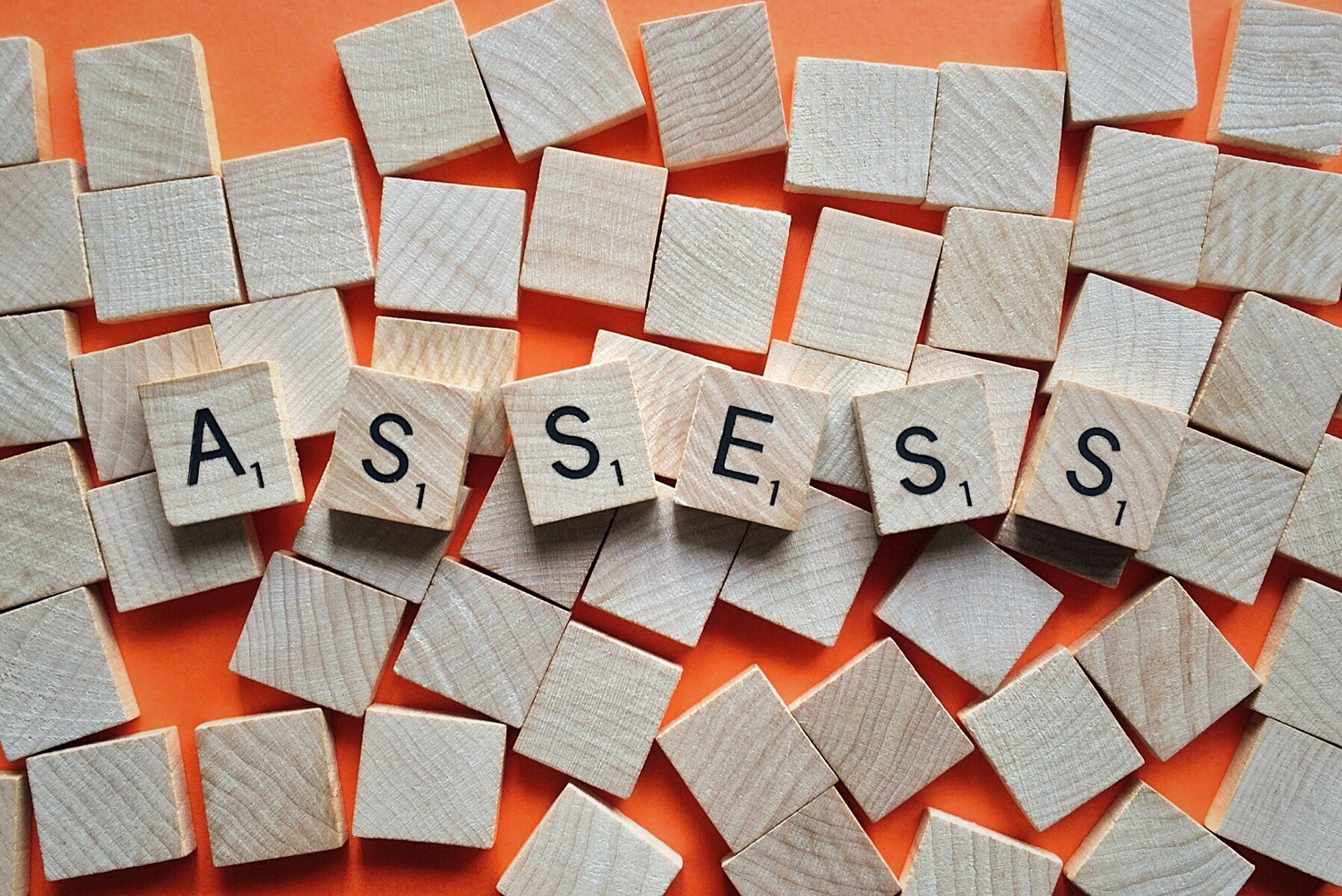The million dollar question, right? Here’s a grant writer’s scenario.

You have been contracted to write grants for an nonprofit organization that simply needs money. When you ask them what they need money for, the answers can be vague: “We want to do community improvement projects”, or “To support our soup kitchen”. That’s all great! But no grant writer can simply start writing with so little information. You must focus on particular needs, collaboration, human factors, impact, progress and sustainability! It’s the essence of the C.H.I.P.S Principle SM . A needs assessment is used to identify the present circumstances, analyze data and develop an action plan.
Where to begin
This may be the most important step in grant writing, and obviously the needs assessment is specific to each organization. Public Safety organizations may be interested in procuring equipment, which is a quick needs assessment. A regional nonprofit that wears many hats? Not so quick. But FEAR NOT! We have a simple template to follow:
- The easy formula is this: problem + corrective action = the solution. This means we can identify the problem, add the action to be taken to resolve the problem and we state the solution. For example, hungry + food = satiated. As simplistic as it sounds, that is exactly how you want to think about your needs assessment. Based on the organization’s mission, identify the Target Group to be helped.
- Determine the degree of the problem. This is where you must perform demographic studies of the area you are serving. Use these tools: Data and Census. You can also use Fact Finder, and local surveys of your populace. So let’s assume you found out that the community in our “hungry” example has a population of 280,000, and being a low income area, the percentage of residents who participate in the SNAP program is 56%. Well, now your formula has changed. We desire 100% to be properly fed. But only 42% are fed. So our need is to feed 58% of the community. More than half of the population in your community has the need for nutrition. That’s a big deal! It’s 162,400 people.
- A needs assessment must include the entire problem, including who, what, where, when and why. Also include the ramifications of not solving the problem. Include all challenges that must be overcome to solve this problem.
- Establish the goal, identify the mitigating factors and back it up with hard data, not estimates.
- Identify the causes of the problem. It’s best to make a list of everything that impacts the problem: the economy of the area, job market, real estate market, education, culture – anything that may contribute to the problem.
- Once all data has been gathered, write a summary and include graphs if you’re able.
A needs assessment will guide you in formulating an award-winning grant proposal. You will use the results to write your problem statement and develop a budget. Feel free to share your ideas and experience with us!